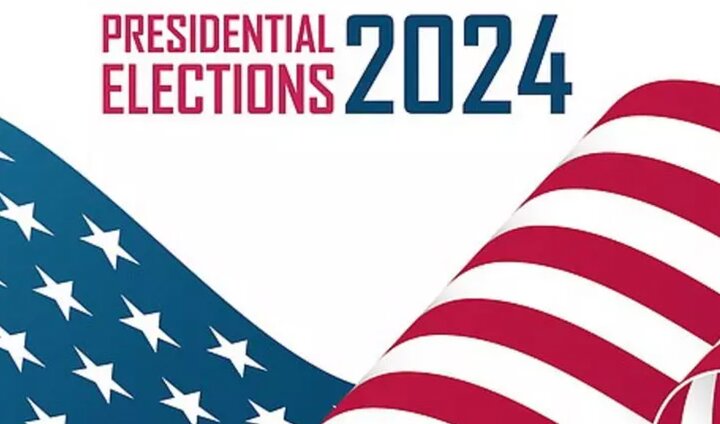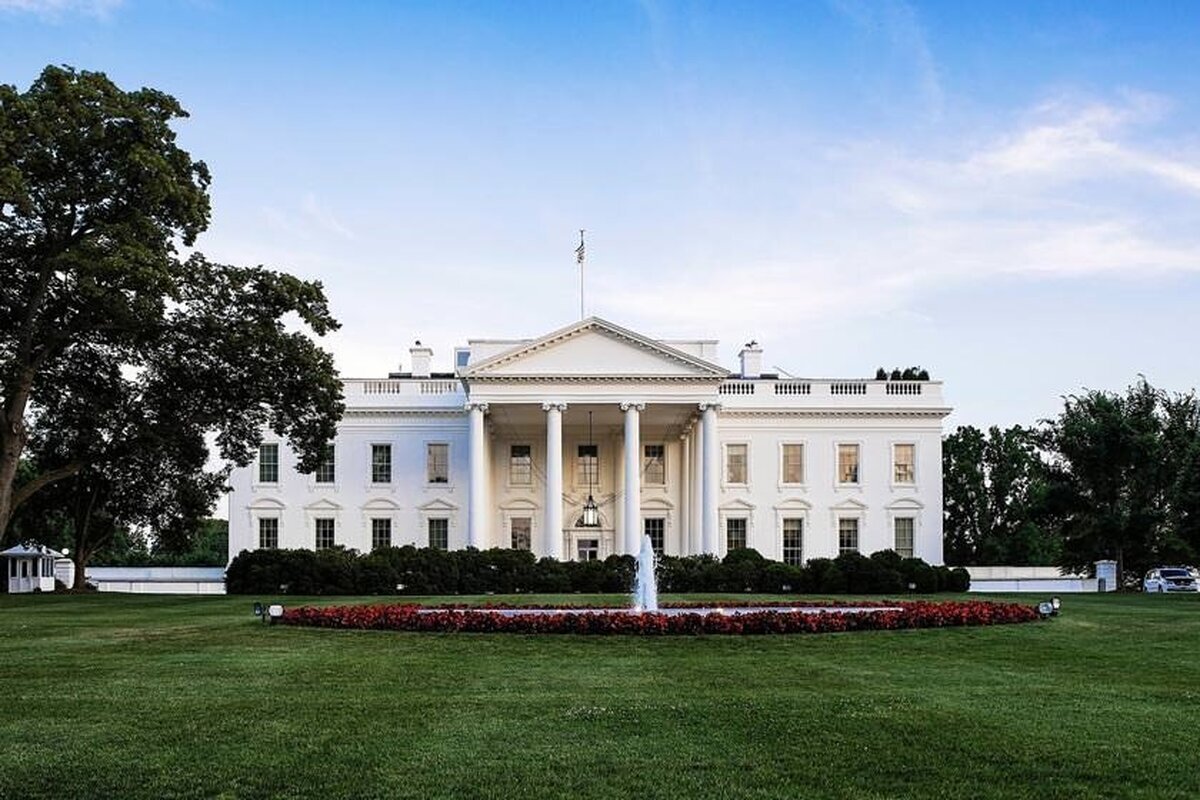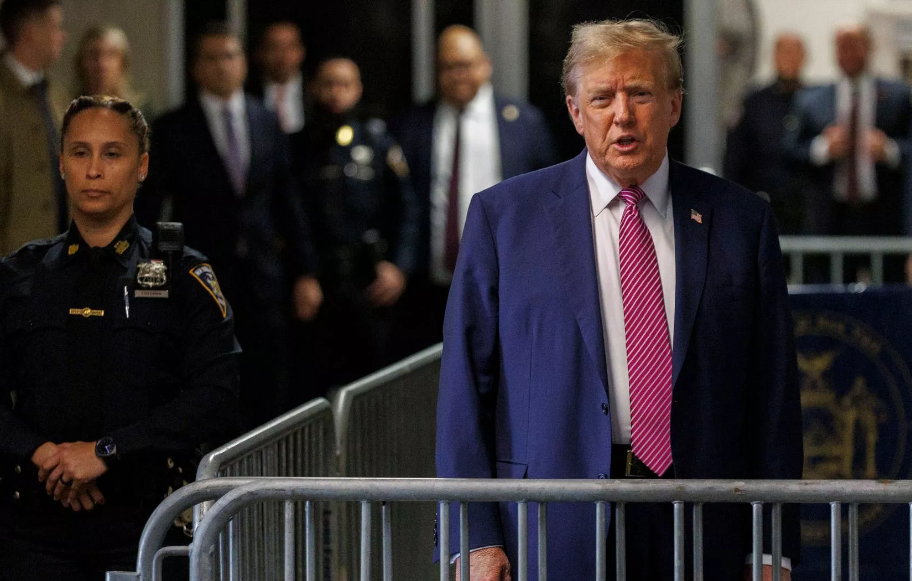“Presidential” system in America; What duties and powers does the president have?

Mehr News, International Group: The countdown to the US presidential election has begun; The elections that will be held on November 5th (Aban 15) will determine the fate of the executive branch for the next four years.
It should be noted that the US Constitution stipulates that the president must be a native citizen born in this country and at least 35 years old. Presidential candidates are chosen several months before the presidential election, which takes place every four years. The 22nd amendment to the constitution, which was approved in 1951, limits the term of office of the president to two terms.
After the tough process of intra-party competitions and elections, now “Kamala Harris” is the incumbent vice president from the Democratic Party and “Donald Trump” is the candidate of the Republican spectrum to the final stage of the election. They have found a way to rely on someone in the presidential political system if they win.
What is the difference between the American presidential system and parliamentary systems?
As mentioned, the presidential system is ruling in America; A presidential system is a type of government system in which the executive branch is independent from the parliament or legislature. In such a system, the president is not only the head of the executive branch but also the head of the country and is elected for a certain period by the people’s vote.
The presidential system is an example of the complete realization of the principle of separation of powers; The principle proposed by Montesquieu, a French political thinker of the 18th century. America is the first presidential republic in the world because the authors of the American Constitution were deeply influenced by Montesquieu.
In the parliamentary system, the prime minister is the head of the government and the king or president is considered the head of the country or state and does not have much authority. But in the presidential system, the president has wide powers and – unlike the parliamentary system – the parliament has no role in choosing the ministers. Therefore, the ministers are accountable to the president, not to the parliament. Therefore, the parliament does not have the right to dismiss the ministers and can only impeach and dismiss the president in special circumstances.
Systems in which the president is not the head of the country are not presidential systems but quasi-presidential systems. Also, if the parliament has a role in the appointment or dismissal of government ministers, the quality of the presidency of the system will be reduced. This sentence does not necessarily indicate the existence of a negative feature in such systems, but is merely a news statement about the incomplete nature of the presidency of such systems. It tells a story.
The powers and duties of the US president
The President of the United States, as the head of the government and the executive head of the country, has many responsibilities, which include the following powers and duties;
1. Implementation of laws: The president is obliged to implement the laws approved by Congress. This task includes monitoring the agencies and ministries that implement these laws. The president can use the veto power to reject congressional resolutions, but this action can be overridden by a two-thirds vote in both houses of congress.
2. Leadership of the Armed Forces: The President of the United States, as the Commander-in-Chief of the Armed Forces, is responsible for directing and controlling the country’s military forces. This includes determining military strategies and deciding on the use of forces in times of war and crisis. However, the declaration of war is only possible with the approval of Congress.
3. Directing foreign policy: The US president plays a key role in determining the country’s foreign policy. He can sign treaties and appoint diplomatic representatives. Of course, treaties must be approved by two-thirds of the United States Senate.
4. Appointments: The President of the United States has the authority to appoint government officials, including cabinet ministers, federal judges, and other key officials. These appointments must be approved by the Senate.
5. Pardons: The President of the United States can grant pardons or commute sentences to people convicted of federal crimes. This power allows him to make decisions based on humanitarian or political considerations.
6. State of Emergency: The President of the United States can take measures to protect the security and welfare of the country in emergency situations such as natural disasters or national crises. This includes calling up national forces or allocating resources.
7. Address to the Congress: The President of the United States is obliged to submit an annual report to the Congress and review the state of the country. This report is known as the “State of the Alliance Report” and is an opportunity to express priorities and plans for the future.
8. Development and implementation of economic programs: The American president plays an important role in determining and implementing economic policies. This includes presenting budgets and economic plans to Congress for consideration and approval.
Reasons and process of impeachment of the president in America
The Constitution of the United States deals with the issue of removing the president in the second article of the fourth section. This section refers to “Impeachment” and specifies the circumstances that lead to the removal of the President. The president can be impeached for treason, bribery and other crimes.
The impeachment process is of two types;
1. Trial in Congress: Impeachment must begin in the House of Representatives. This parliament can vote to impeach the president. For this, the vote of the majority of representatives is needed.
2. Senate Trial: If the House of Representatives votes to impeach, the case goes to the US Senate. The senate is responsible for the trial, and in order to remove the president, two-thirds of the senators must vote for this action.
As an example, in early 2021, the US House of Representatives impeached the previous US president, Donald Trump, in connection with the attack on the Congress, on the charge of “encouraging rebellion” and 222 Democratic representative and 10 Republican representatives voted in favor of this plan.
Trump was found not guilty on the fifth day of his trial in the Senate. In the vote taken after the closing speeches in the general assembly of the Senate, 57 senators voted against Trump and 43 other senators voted in his favor. Therefore, Trump, who needed the votes of at least 67 senators to be convicted, was acquitted of the charge of “inciting people to riot”.
According to the US Constitution, if the president is convicted, he will be automatically removed and replaced by the vice president. Otherwise, the president will continue to work. It is said that this process is designed to maintain the balance of power and prevent abuse of power.
Conclusion
The presidency of the United States is an important and multifaceted authority that has a variety of duties and powers in various fields, and eight of the most important ones were previously mentioned; Implementation of laws, leadership of the armed forces, management of foreign policy, appointments, amnesty, state of emergency, address to the Congress, as well as the development and implementation of economic programs are among the scope of powers and duties of the president.
At the same time, the president’s ability to lead, make decisions and implement policies has a great impact on the lives of the American people and the world community. Understanding these duties and powers on the eve of the 2024 election is very necessary for a better understanding of the US political system and how it works.




